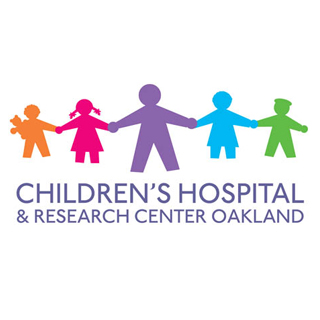
Sphingadienes (SDs) are claimed to be natural lipid molecules in soy that the study illustrates could be the answer to combat colon cancer. Apparently soy has been hyped as a shielding agent against colon cancer.
The study was headed by Julie Saba, MD, PhD, senior scientist and director of the Cancer Center at Children’s Hospital Oakland Research Institute (CHORI). Dr. Saba and her team supposedly first recognized SDs in the fruit fly. Additional examination apparently hinted that higher SDs could essentially provoke the death of mutant cells in the fly; thereby disclosing SDs to be cytotoxic compounds which are toxic to cells. Anticipatory colon cancer strategies may frequently concentrate on cell death i.e. a usual procedure the body utilizes to erase harmful or mutant cells, such as cancer cells. Coupling this detection with the discovery that soy seems to be a rich source of SDs, experts apparently made a ground-breaking association.
Dr. Saba commented, “First, we are encouraged to find a natural molecule that could be consumed through soy products as a strategy to help prevent colon cancer. Second, this information is important because we can build on our understanding of the structure and metabolism of SDs in terms of developing new drugs to treat people who already have colon cancer. Uncovering how SDs exert their effects also helps us to find the most likely combinations of drugs that may work synergistically to eliminate cancer cells and mutant cells that could give rise to cancer.â€
Further study is required to discover the finest method to transport SDs and to verify the by and large toxicity when the compounds are applied for extensive time durations and in grouping with other agents.
The study would be published in the Cancer Research.
